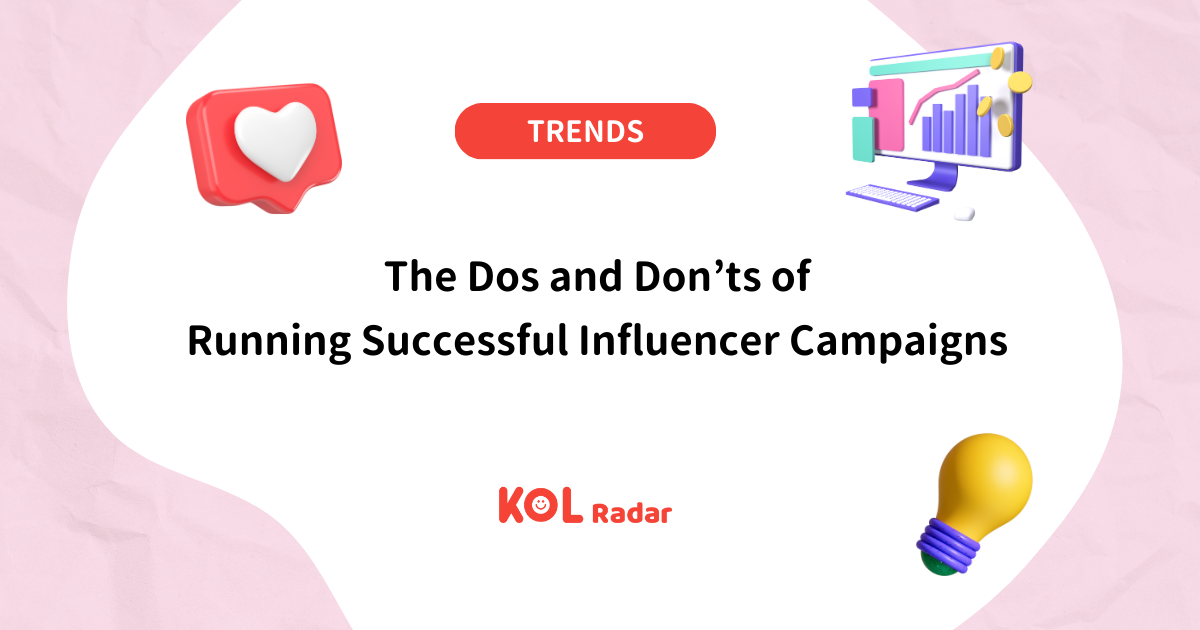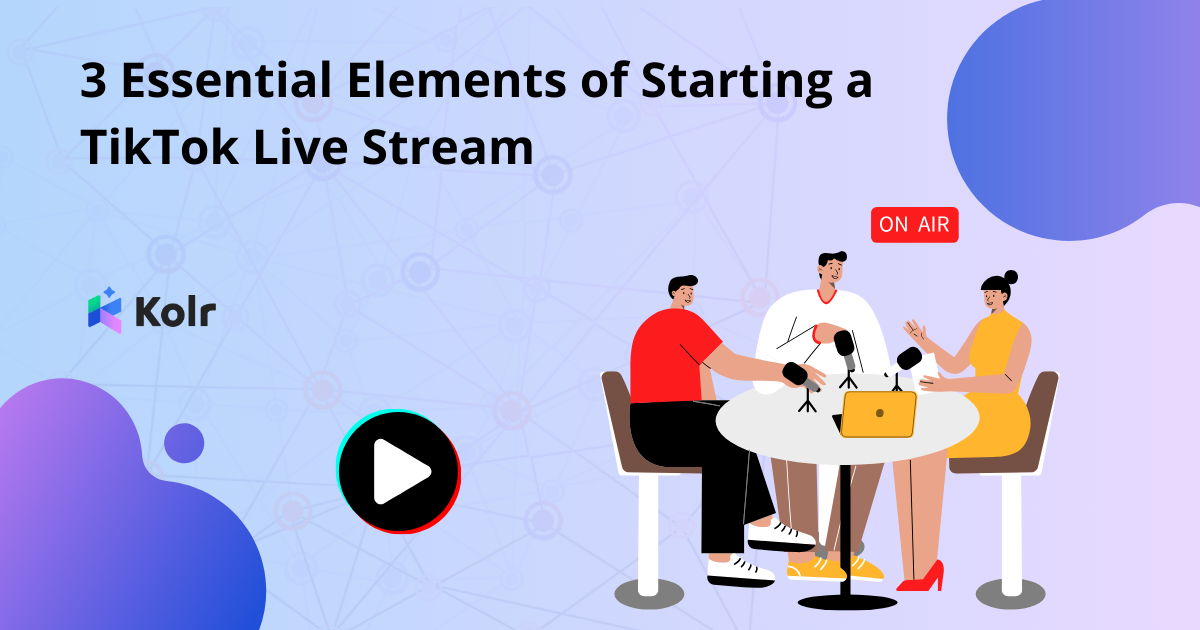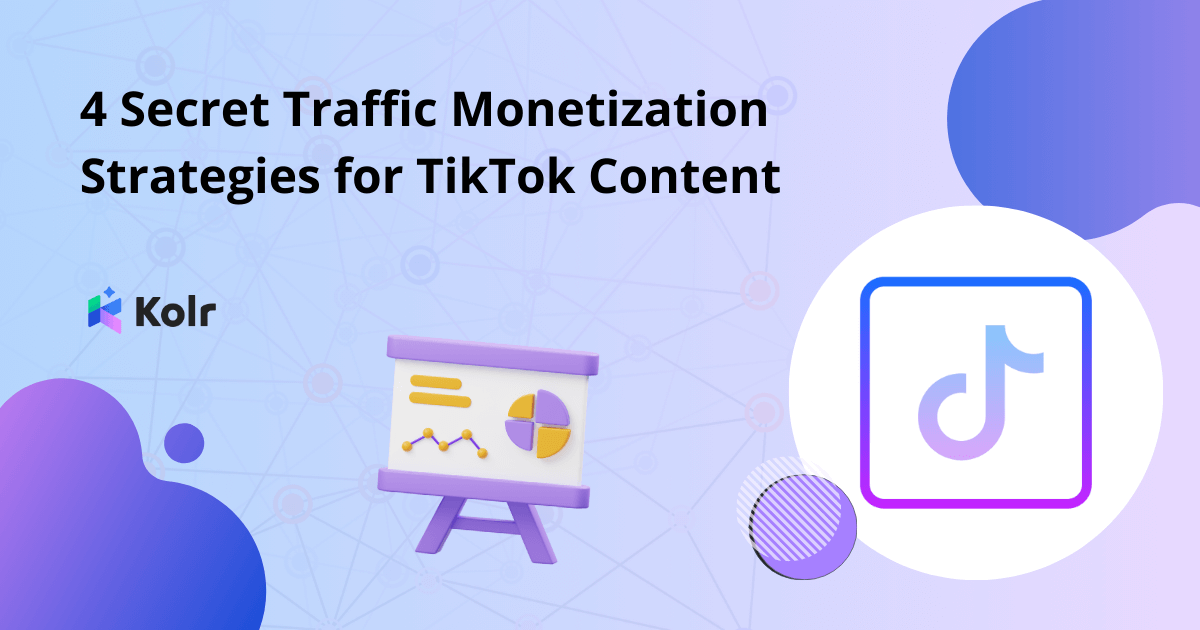Influencer marketing is in today’s day and age a powerful strategy for brands to connect with their target audiences and create genuine engagement. Navigating the influencer marketing landscape can be initially daunting for businesses and brands, but with the right guidance and some tips from KOL Radar, brands and marketers can identify suitable influencers, maximise their social media impact, avoid common pitfalls, and achieve profit targets. In this article, we will explore the essential “Dos” and “Don’ts” of running influencer campaigns to help businesses make the most of this dynamic marketing approach.
Influencer Marketing Best Practices, the “DOs’:
Successful influencer campaigns require careful planning and execution, and there are certain best practices that brands and marketers should follow to ensure their campaigns thrive. Here are the “Dos” of running successful influencer campaigns:
1. Influencer Selection Tips:
One of the cornerstones of a successful influencer campaign is selecting the right influencers. It’s crucial to match influencers with your brand’s values, target demographics, and overall goals. Take time to research and identify influencers whose content resonates with your brand’s identity. If you want more tips on how to choose an influencer that matches your brand image, check this article out.
2. Set Clear Campaign Objectives:
Before you dive into an influencer campaign, define clear objectives and key performance indicators (KPIs) that will help you measure the success of your campaign. Whether it’s increasing brand awareness, boosting sales, or driving website traffic, a well-defined goal is essential. For example, if your goal is to raise awareness, select an influencer that has a higher follower count to maximise exposure, if your goal is to boost sales, choose an influencer with higher engagement rates. More often than not, you would need to mix and match to make the strategy work.
3. Influencer Marketing Strategies:
Influencer marketing strategies should be based on your campaign objectives and align with your brand’s identity. Develop a strategy that highlights the unique strengths of the influencer and leverages their connection with their audience. For example, if you’re a fitness brand with the campaign objective of promoting a new line of workout gear and increasing online sales, your influencer marketing strategy revolves around the influencer’s unique strengths and connection with their audience. You can leverage the influencer’s expertise, authenticity, target audience engagement and consistent brand messaging, with the goal of solidifying your brand’s identity as a trusted fitness partner.
4. Encourage Authentic Content Creation:
Influencers have earned their followings by creating authentic and relatable content. It’s important to allow influencers to have room for creative freedom while ensuring their content aligns with your brand messaging. Authenticity is the key to building trust with your audience. One of the worst things businesses can do is to micromanage influencers.
5. Building Genuine Relationships:
Successful influencer marketing isn’t just about transactional partnerships. Building genuine relationships with influencers can lead to long-term collaborations. Long-term partnerships often yield the best marketing results. Authentic relationships foster trust and enhance influencer campaign effectiveness.
To illustrate the “Dos” of running successful influencer campaigns, let’s take a look at a few standout examples.
Pizza Hut Malaysia and Jenn Chia:
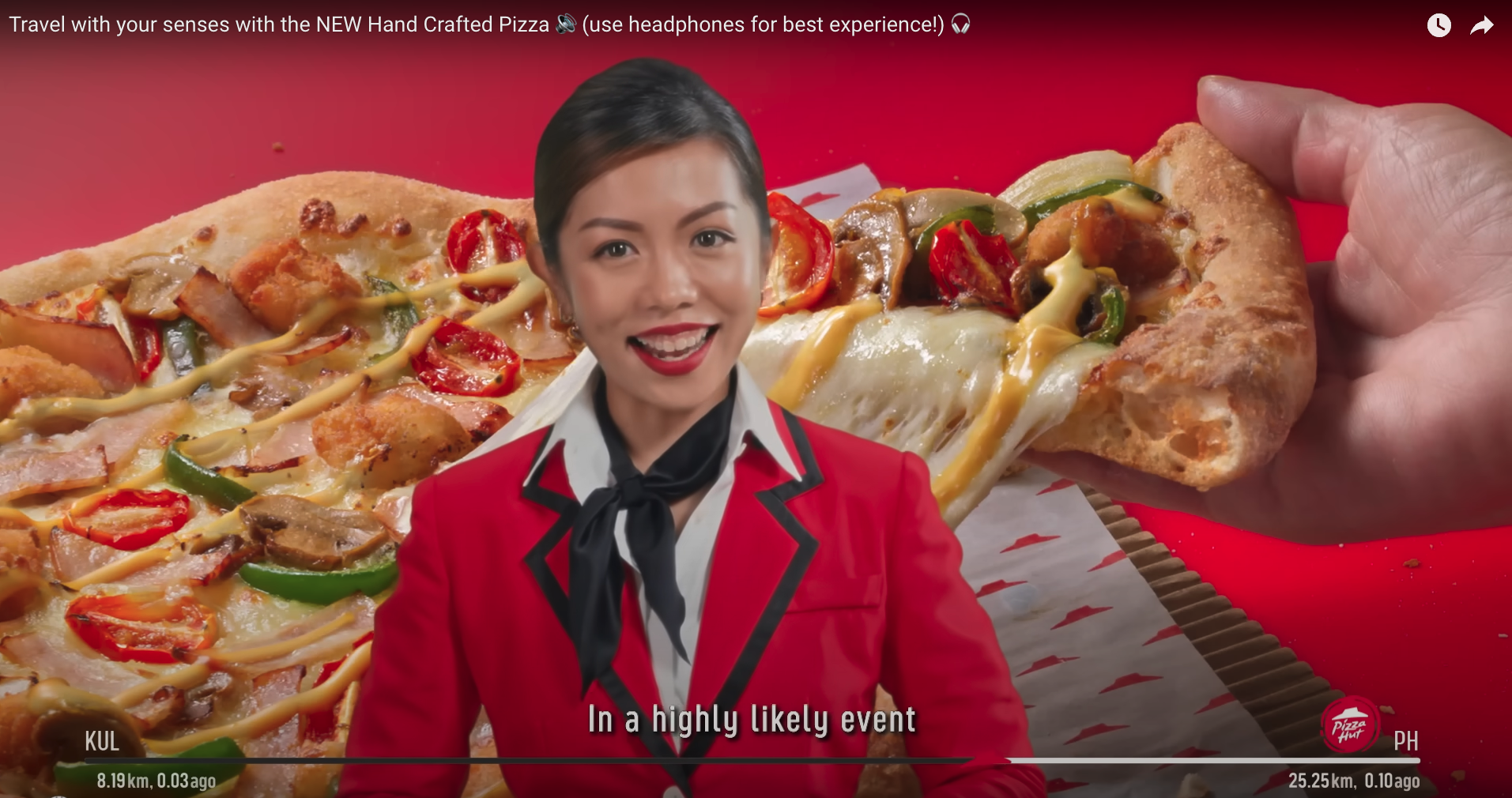
Pizza Hut Malaysia partnered with local YouTuber and influencer, Jenn Chia, known for her humorous content. They leveraged her comedic style to create a series of entertaining videos showcasing their products. Jenn Chia’s authentic humour and genuine love for the products made the campaign resonate with her audience.
Shopee and Dato’ Siti Nurhaliza:

Shopee collaborated with iconic Malaysian singer Dato’ Siti Nurhaliza. Her reputation and appeal made her the ideal choice to connect with a wide audience. The campaign aimed to promote Shopee’s e-commerce platform. Dato’ Siti Nurhaliza’s posts showcased her shopping experience on Shopee, emphasising the platform’s convenience and variety. Her endorsement added credibility to Shopee, as she only promotes products and services she genuinely uses and trusts.
Grab Malaysia and Jinnyboy:
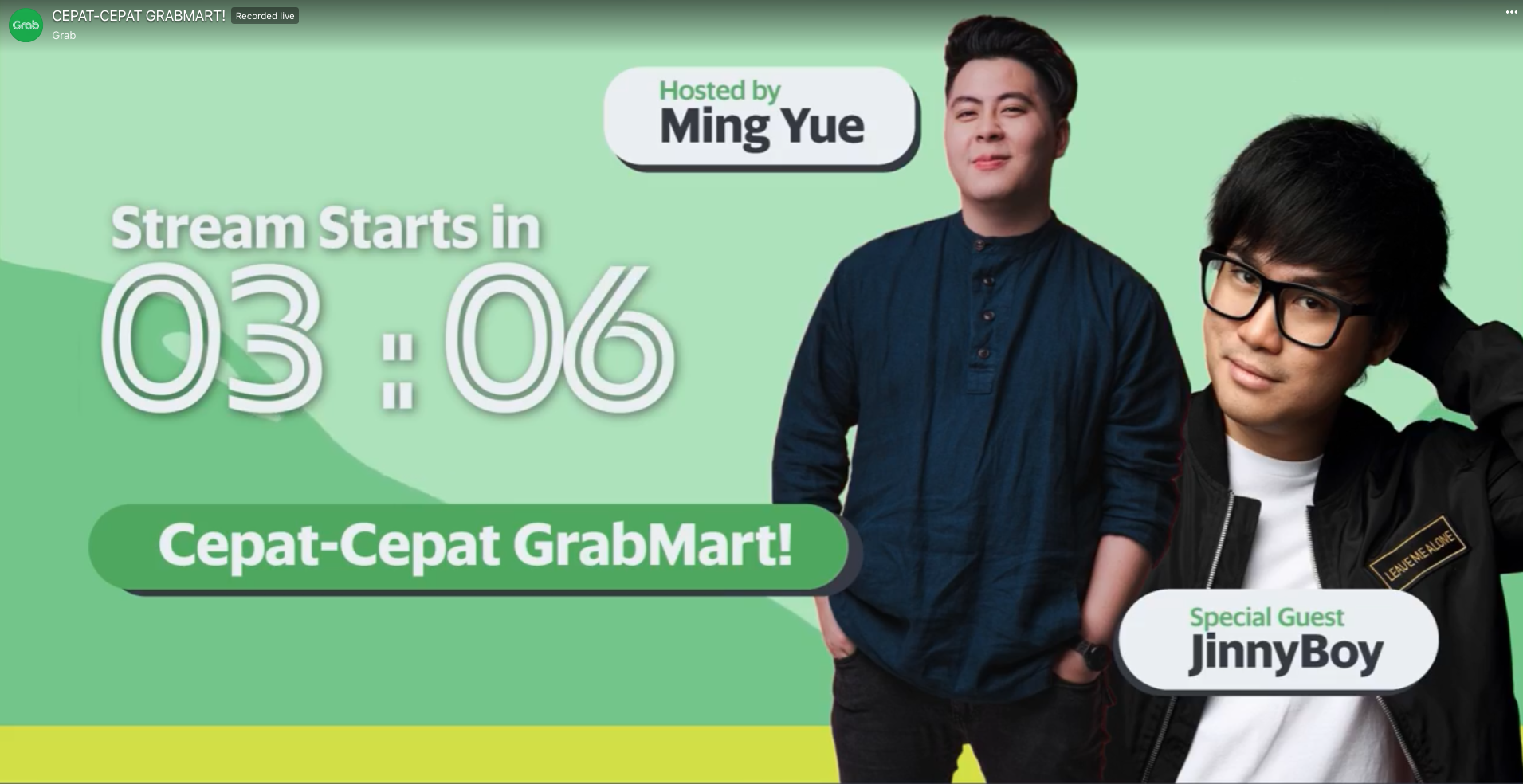
Grab Malaysia partnered with Jinnyboy, a well-known Malaysian influencer, to promote their ride-hailing and food delivery services. Jinnyboy’s humorous and visually captivating content style was used to create funny skits related to Grab’s services. This strategy effectively showcased Grab as a reliable and convenient option for transportation and food delivery. The campaign included giveaways and challenges, encouraging followers to participate and share their Grab experiences.
Influencer Marketing Best Practices, the “DON’Ts’:
While there are best practices to follow, there are also common mistakes and pitfalls to avoid in influencer campaigns. Here are the “Don’ts” of running successful influencer campaigns:
1. Micromanagement and Over-scripting:
One of the gravest mistakes is micromanaging influencers and excessively scripting their content. This leads to inauthentic and robotic content that won’t resonate with audiences. Brands should allow influencers to develop their own content that would appear to be more authentic, as they would promote the brand (with guidance) from their point of view.
2. Follower Count Over Relevance:
Choosing influencers based solely on their follower count is a grave mistake. High follower counts may not translate to higher engagement. Prioritise relevance and engagement rates over follower count. You have to clearly identify your brand’s goal, is it to gain exposure or boost sales? Each strategy would mean a different set of criteria for choosing influencers.
3. Lack of Clear Expectations:
Failure to communicate clear expectations and guidelines with influencers can result in misaligned content. Ensure that influencers understand your brand values, goals, and what you expect from the partnership. Always communicate with the influencer, but not to the point of stifling creativity. Besides that, brands should have objective and reasonable expectations from influencers based on the influencer’s ability.
4. Inadequate Disclosure:
Not disclosing influencer partnerships transparently can lead to negative consequences. Failing to disclose can harm trust and result in legal issues. By engaging KOL Radar, we will assist you in preparing contracts to make this process more seamless.
5. Neglecting to Research Influencers:
A lackLearning from others’ mistakes is crucial. Here are a few examples of influencer campaigns that went awry: of thorough research on influencers can lead to partnerships with individuals who don’t align with your brand’s values or may have a history of controversies. If you have trouble choosing the ‘right’ influencers, check out this article.
6. Unsuccessful Influencer Campaigns:
Learning from others’ mistakes is crucial. Here are a few examples of influencer campaigns that went awry:
Local Coffee Fiasco:
A local coffee brand partnered with a popular local influencer to promote a new coffee product. However, they failed to provide clear guidelines for the campaign. The influencer’s promotion appeared forced and inauthentic, leading to backlash from followers. The influencer received negative comments, and the campaign backfired, causing damage to the brand image. This incident emphasises the importance of setting clear expectations and guidelines.
Local Apparel Brand and the Copy-Paste Catastrophe:
An emerging Malaysian clothing brand collaborated with a micro-influencer who misunderstood the campaign instructions. Instead of creating original content, the influencer copied content from another influencer’s campaign for a different brand. The influencer was called out for plagiarism, leading to severe reputation damage for both the influencer and the clothing brand. It highlights the need for precise communication and monitoring.
Hair Care Brand and the Fake Follower Fiasco:
A well-known Malaysian hair care brand partnered with an influencer boasting a high follower count. Despite the impressive follower count, the influencer’s posts received very low engagement and comments. Followers began to question the authenticity of the influencer’s audience, and the partnership raised doubts about the brand’s marketing practices. This example emphasises the importance of assessing influencers beyond follower count.
Conclusion:
In conclusion, influencer marketing holds incredible potential when approached with a clear strategy and an understanding of both the best practices and the pitfalls to avoid. By focusing on authenticity, transparency, and building genuine relationships with influencers, brands can tap into the power of influencer marketing to engage their audiences effectively. To maximise your influencer campaign’s success, remember the “Dos” and steer clear of the “Don’ts.”
Interested in unlocking more community management tips?

Ready to enhance your influencer campaign strategies and achieve success? Contact KOL Radar today for expert guidance and support. Your influencer marketing journey awaits.
▶︎ This article may not be reproduced, redistributed, publicly broadcasted, or publicly transmitted in any form. Copyrights and portrait rights of the images and data cited in this article remain with the original rights holders.
